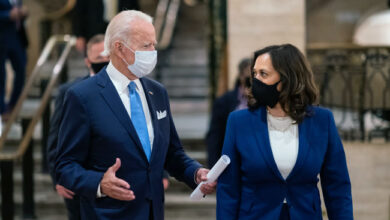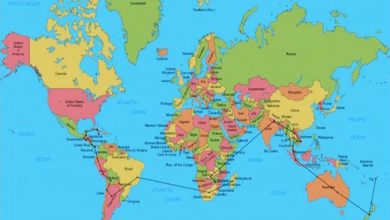UN Commission urges Israel to review rules of engagement before Gaza protest anniversary
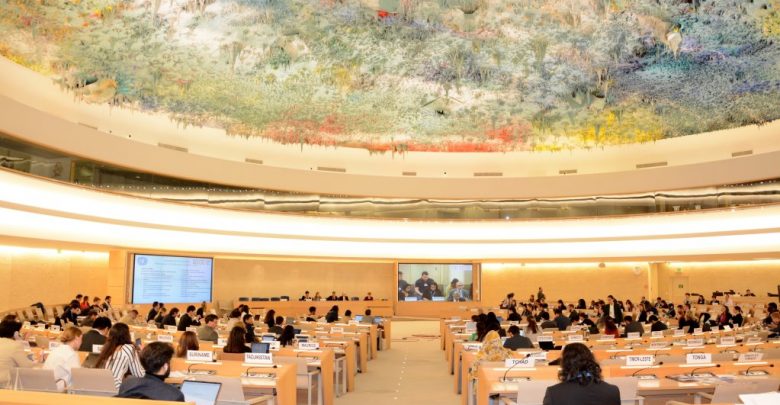
GENEVA (18 March 2019): The UN Independent Commission of Inquiry on the Protests in the Occupied Palestinian Territory today presented its findings to the Human Rights Council, after investigating all killings and many injuries occurring by the separation fence between Israel and Gaza during the demonstrations last year.
The Commission’s report scrutinises the Israel Defence Forces’ directives for snipers’ use of lethal force against the Palestinian protestors.
“We present this comprehensive report with an urgent plea to Israel to immediately ensure that the rules of engagement of their security forces are revised to comply with international legal standards. The one-year anniversary of the protests is less than two weeks away. We hear that crowds are going to be large at the official protest sites. The excessive use of force that took place on 30 March, 14 May and 12 October 2018 must not be repeated,” the Chair of the Commission, Santiago Canton of Argentina, told the Human Rights Council.
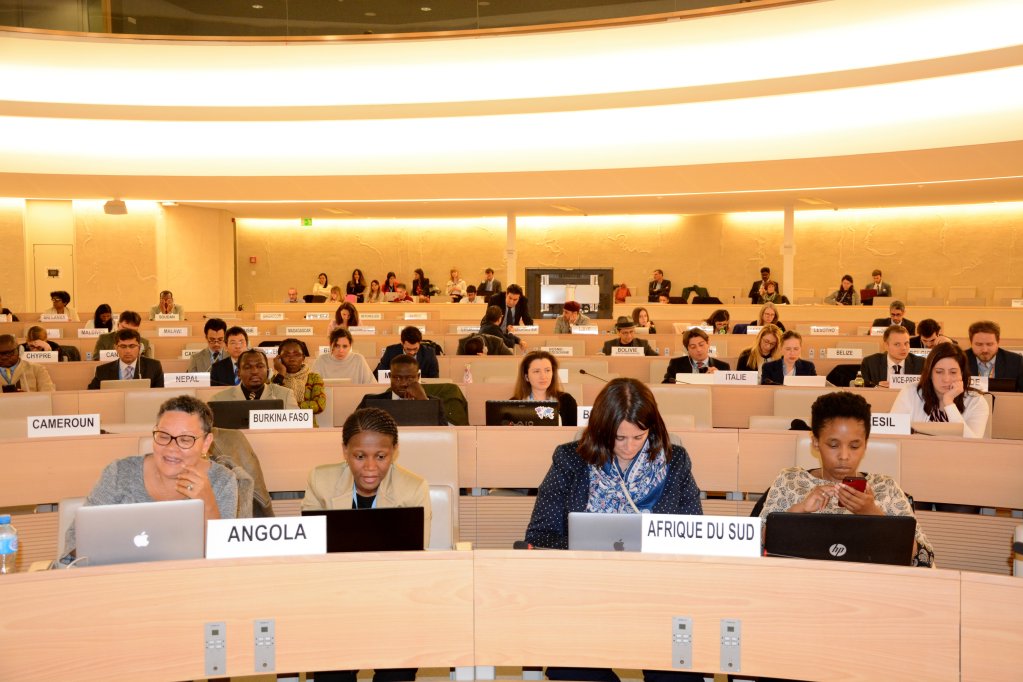
“We noted that a senior Israeli official recently stated to international media that each and every bullet received authorization by an experienced commander. When examining the Israel Defence Forces’ use of live fire against the Palestinian protestors, the Commission, however, found that application of lethal force was in the majority of cases authorized unlawfully. This inevitably led to arbitrary deprivation of life,” said Canton.
The Commission found that Israeli security forces shot and wounded 6,016 protestors with live ammunition in the period investigated. 189 died at the protest sites, 183 of these from live fire.
The Commission found there was no justification for Israel’s security forces killing and injuring persons who pose no imminent threat of death or serious injury to those around them, including journalists, health workers and children.
The Commission found that the Israeli security forces’ Rules of Engagement contributed to the unlawful actions. These rules identified so-called “key inciters” or “key rioters” who could be shot in the legs for acts such as burning tires, cutting or breaching the fence, or exhorting or leading the crowd in approaching the separation fence.
“We strongly disagree with the suggestion that the targeting of these demonstrators meets the high human rights standards for using lethal force. Under these rules of engagement, 4,903 unarmed persons were shot in the lower limbs, many while standing hundreds of meters from the snipers,” said Canton.
“The Commission has reasonable grounds to believe that during the protests, labelled the Great March of Return, Israeli soldiers killed and gravely injured civilians who were neither participating directly in hostilities nor posing an imminent threat to the Israeli Security Forces, or to the civilian population in Israel. The Israeli Security Forces committed violations of international human rights and humanitarian law. Some of those violations may constitute war crimes or crimes against humanity, and must be immediately investigated by Israel”, said Commissioner Kaari Betty Murungi of Kenya.
“We welcome the recent statements by Israeli officials to media that Israel is now carrying out criminal investigations into the killing of 11 Palestinians by Israeli forces at border protests in Gaza last year. We urge investigation of every use of lethal force by the ISF,” said Murungi.
“Our investigations found that Israeli snipers used high velocity bullets and long-range sniper rifles equipped with sophisticated optical aiming devices. They saw the target magnified in their sight and they knew the consequences of shooting, but still pulled the trigger, not once or twice but more than 6000 times,“ said Commissioner Sara Hossain of Bangladesh. “The snipers killed thirty-two children, three clearly marked paramedics, and two clearly marked journalists. They shot at unarmed protesters, children and disabled persons, and at health workers and journalists performing their duties, knowing who they were,” said Hossain.
The Commission found that the total death toll of the deadliest day so far during the protests, on 14 May 2018, is higher than the numbers reported by the media. The Commission found that a significant number of persons also died in the days and weeks after they were injured. A total of 73 Palestinian protestors died of gunshot injuries sustained on 14 May 2018.
The Commission took note of the Israeli claim that the protests by the separation fence masked “terror activities” by Palestinian armed groups. The Commission found however that the demonstrations were almost entirely civilian in nature, with clearly stated political aims and did not constitute combat or military campaigns.
While the demonstrations were at times violent, with many protesters hurling stones, cutting through the separation fence at points, and launching kites and balloons with burning coals and rags attached to them, the Commission found that the use of lethal force against the protestors was neither necessary nor proportionate.
The Commission also found that the targeting of an unarmed demonstrator based solely on the person’s political affiliation or membership in an armed group is unlawful.
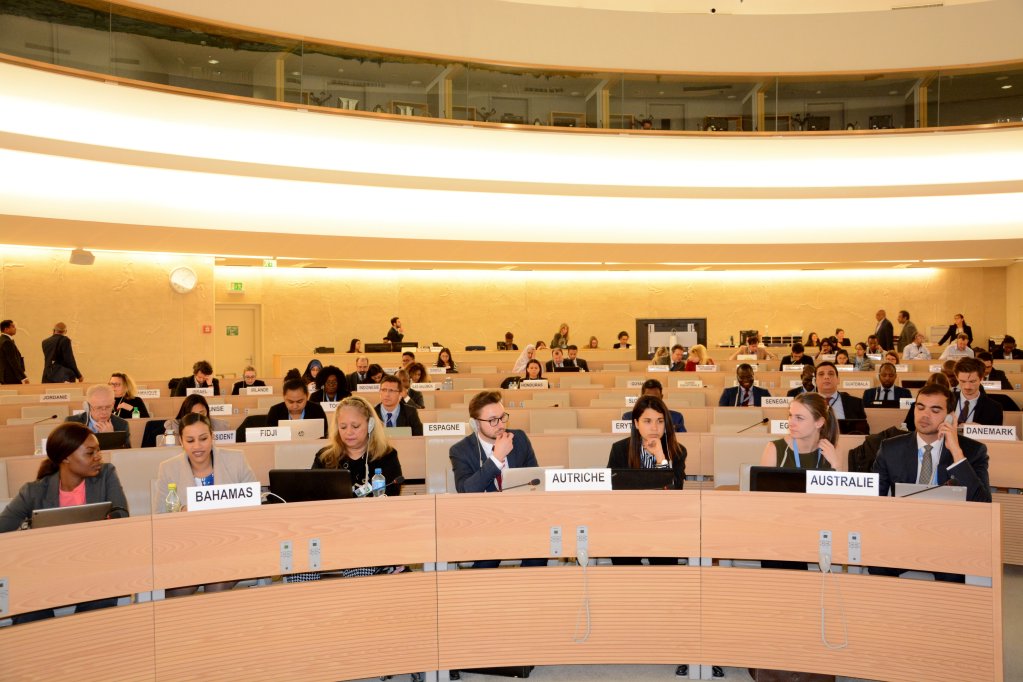
“In the specific context of these demonstrations and given the large presence of civilians, targeting such persons while still respecting the humanitarian principles of distinction, proportionality and precautions would be extremely difficult. The 1,576 people who were wounded by bullet or bone shrapnel attest to the danger of bystanders being injured by ricochets, bullet fragmentation and shots going through one body to enter another, when snipers fire high-velocity live ammunition into a demonstrating crowd,” said Canton.
In two incidents that the Commission investigated, the use of lethal force by the Israeli Security Forces may not have been unlawful. In one of these, on 14 May 2018, when at least one gunman in Gaza fired a weapon at the Israeli forces from within or near the demonstrations at a temporary demonstration site. 21 Gazans were killed in response, some of whom were allegedly members of armed groups. The Commission found that on 12 October, by the separation fence in Central Gaza, another incident may have constituted an imminent threat to life or serious injury to the Israeli security forces.
The Commission found that some members of the Higher National Committee organising the protests, which includes Hamas representatives, encouraged or defended demonstrators’ indiscriminate use of incendiary kites and balloons, causing fear among civilians and significant damage to property in southern Israel. The Commission found Hamas, as the de facto authority in Gaza, responsible for failing to prevent these acts.
“We also call on the organisers in Gaza, and on all protestors, to keep the demonstrations entirely peaceful and non-violent, in accordance with the principles set out by the initiators of this movement,” Santiago Canton added.
The UN Human Rights Council mandated the Commission on 18 May 2018 to investigate all alleged violations and abuses of international humanitarian law and international human rights law in the Occupied Palestinian Territory, in the context of the large-scale protests in Gaza from 30 March 2018 to 31 December 2018. A team of experienced investigators and experts from OHCHR assisted the Commissioners.

